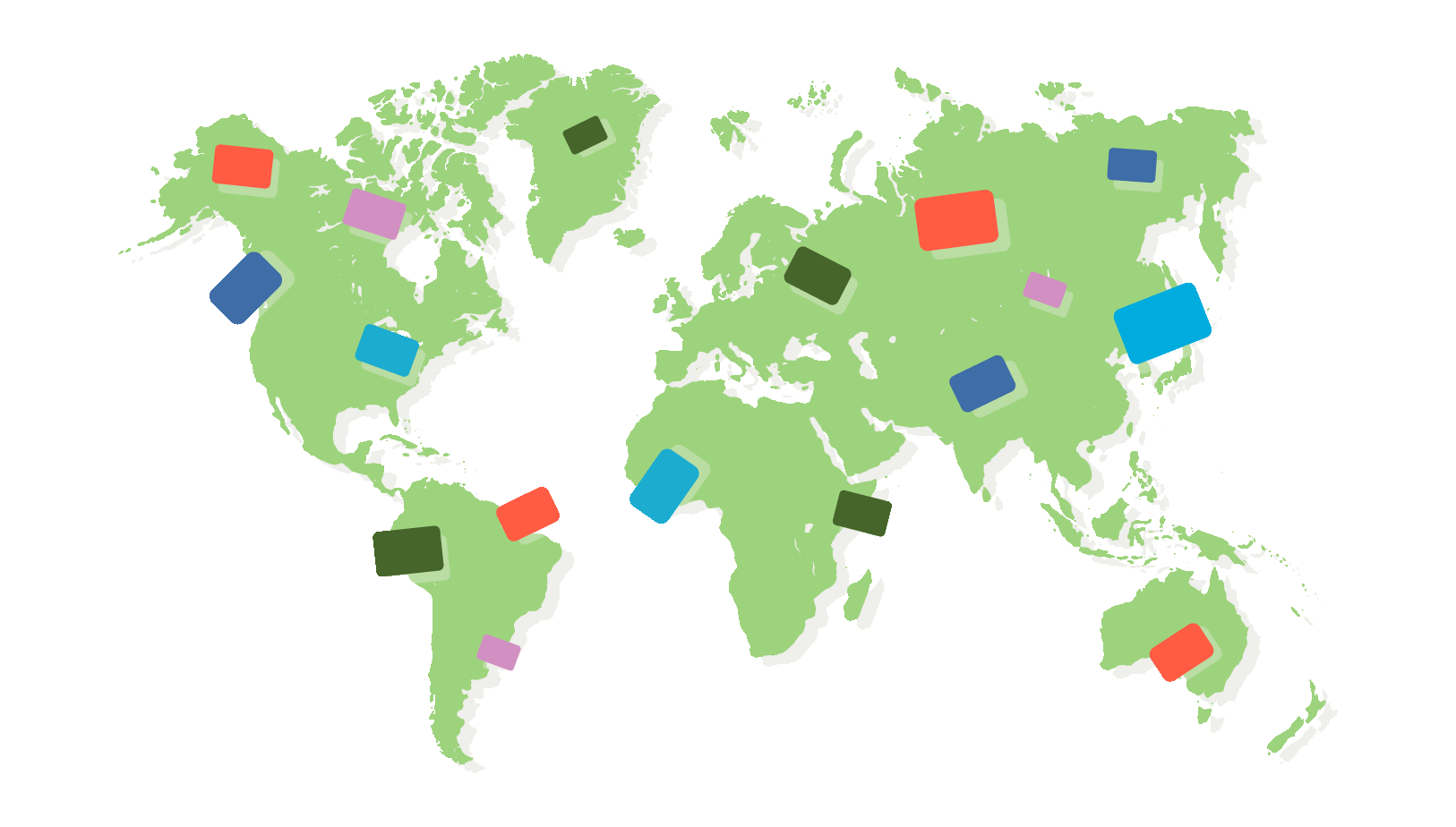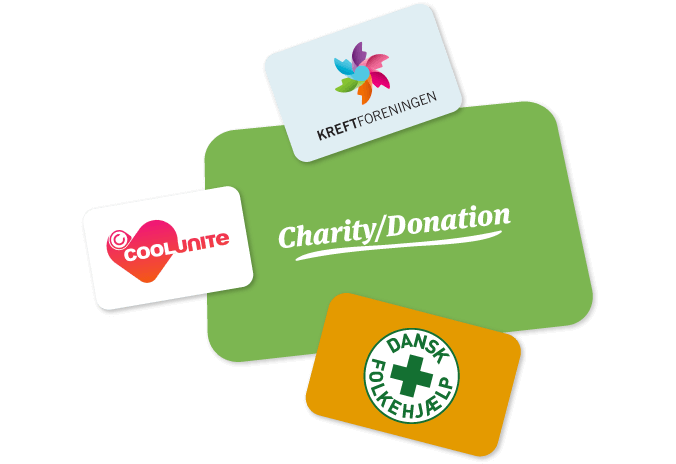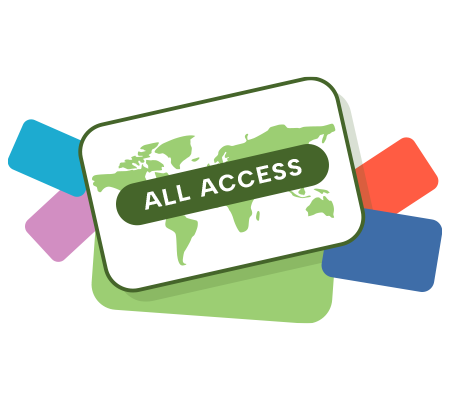Why Non-Cash Rewards Are the Secret Weapon for Motivating Your Team


By Signe Hegart
August 30, 2023
Unlocking the potential of your team requires more than just financial incentives. In fact, the secret weapon that can truly ignite motivation and drive is non-cash rewards. These rewards, also known as employee incentives, which go beyond money, hold the power to transform your team’s performance and satisfaction. Let’s delve into why non-cash rewards are the key to unlocking your team’s best efforts.
Table of Contents
What are Non-Cash Rewards? ????
Non-cash rewards are incentives or benefits that are provided to individuals or employees in a form other than monetary compensation. Instead of giving cash or direct financial compensation, organizations offer these rewards to motivate, recognize, or engage individuals for their achievements, contributions, or performance. Non-cash rewards can take various forms and are often valued for their ability to provide unique experiences or tangible items that individuals might not purchase for themselves.
Why gift cards are a great option for Non- Cash Rewards
Gift cards are considered a valuable and effective non-cash reward for several reasons:
- Choice and Flexibility: Gift cards offer recipients the freedom of choice, which can be more appealing than receiving a specific item. This personalization allows employees to select something that aligns with their preferences and needs.
- Customization: Organizations can choose gift cards from a variety of retailers and businesses, making it possible to offer rewards that cater to a diverse range of interests. This customization enhances the perceived value of the reward.
- Wider Appeal: Unlike tangible items, gift cards have a broader appeal since they can be used for a variety of products or services. This ensures that the reward is relevant to a larger number of employees.
- Inclusivity: Gift cards can be offered at various monetary values, making them suitable for different reward levels. This inclusivity ensures that both small and significant achievements are acknowledged and rewarded.
- Instant Gratification: Recipients can use gift cards almost immediately after receiving them, which can provide a sense of instant gratification. This prompt usage can contribute to a positive emotional response to the reward.
- Personal Treats: Employees might use gift cards to treat themselves to something they wouldn’t typically purchase. This adds an element of indulgence and personal satisfaction to the reward.
Related: Incentive Pay vs Merit Pay: Different Ways To Reward Staff
Get your Non-Cash Rewards both globally and locally ????
With the increasing globalization of businesses, it is essential for companies to find suppliers who can help them reward the employees both globally and locally, without having to use to much time and resources.
But don’t worry, with Huuray you don’t have to look long!
You have to get Non-Cash Rewards for your employees but have departments all over the world? Don’t worry- Huuray can help ????
We have digital reward options in +100 countries around the world. Gift Cards, PrePaid Cards, Charities and much more. Sending rewards internationally is a breeze with Huuray. All for free.
For global companies, gift cards from international retailers or online platforms can be chosen to ensure that employees across different countries can use them. This allows for a consistent reward experience regardless of the employee’s location. It also demonstrates the organization’s commitment to recognizing and rewarding employees on a global scale.

On the other hand, for companies with a more localized presence, offering gift cards from local businesses can be a great way to support the community and engage employees at a local level. This shows that the organization values and appreciates the unique characteristics and offerings of each location. It also allows employees to explore and experience local establishments, promoting a sense of connection and belonging.
By offering both global and local options for gift cards, organizations can cater to the diverse needs and preferences of their employees. This ensures that the non-cash rewards are not only valuable but also meaningful and relevant to each individual.
Read also: 21 Gift Cards for Employees Loved by Customers
What are some examples of Non-Cash Rewards?
Non-cash rewards are a great way to motivate and engage employees without using monetary incentives. Companies have realized the value of non-cash rewards in creating a positive work environment and boosting employee morale. Here are some examples of non-cash rewards that companies can offer to their employees:

Recognition and appreciation
A simple thank-you note, a public acknowledgment, or system with awards like employee of the month can go a long way in making employees feel valued and appreciated.

Flexible work schedule
Offering flexible working hours or the option to work remotely can be a highly desirable non-cash reward. This gives employees more control over their work-life balance, which can lead to greater job satisfaction. This will also help the employee appreciate when its time to work and when its time for own projects.

Professional development opportunities
Providing access to workshops, training programs, mentorship programs, or conferences can be an excellent non-cash reward. This not only helps employees enhance their skills but also shows that the company is invested in their growth and development.

Extra time off
Granting additional vacation days, a longer lunch break, or a shorter workweek can be a valuable non-cash reward. Employees get the opportunity to recharge and spend quality time with their loved ones, resulting in increased productivity and loyalty..

Employee wellness programs
Offering gym memberships, wellness challenges, or mindfulness sessions can promote a healthy work-life balance. By prioritizing employee well-being, companies can enhance job satisfaction and reduce stress levels.
Read also: Incentive Pay Vs Merit Pay: Different Ways To Reward Employees
Charitable donations as Non-Cash Rewards
Allowing employees to choose a charity donations to a organization or providing them with the opportunity to volunteer their time for a cause they are passionate about can be a meaningful non-cash reward.

Benefits of Non-Cash Rewards

Non-cash rewards play a pivotal role in shaping a motivating and engaging work environment, offering a range of advantages that extend beyond traditional monetary compensation. In this dynamic approach to recognizing and incentivizing employees, several key benefits come to the forefront.
- Personalized Recognition: Non-cash rewards allow organizations to tailor recognition to individual achievements, fostering a deeper emotional connection between employees and the company.
- Diverse Motivations: These rewards accommodate various employee motivations, offering incentives that align with different interests and aspirations, thereby enhancing overall motivation.
- Lasting Engagement: From travel experiences to unique items, non-cash rewards create memorable experiences that cultivate emotional bonds and long-term engagement among employees.
- Long-Term Growth: Opportunities like workshops, professional development courses, mentorships, and educational programs enable employees to continually enhance their expertise, benefiting both individuals and the organization.
- Positive Company Culture: Emphasizing non-financial recognition nurtures an inclusive environment where employees feel valued, boosting job satisfaction, retention, and reducing turnover.
- Performance Incentives: Non-cash rewards tied to clear performance goals motivate employees to excel and contribute to organizational success.
- Employee Well-being: Wellness programs, flexible work arrangements, and additional time off demonstrate genuine concern for work-life balance and overall health, enhancing motivation and resilience.
- Healthy Competition: Public recognition through non-cash rewards encourages friendly competition among peers, fostering collaboration and a culture of improvement.
- Cost-Effective Strategy: Non-cash rewards offer significant perceived value while being more budget-friendly than substantial monetary bonuses, achieved through vendor deals and partnerships.
- Holistic Approach: By embracing non-cash rewards, organizations inspire, value, and empower employees, fostering growth, innovation, and a culture of excellence.
In essence, non-cash rewards represent a multifaceted approach to employee recognition and motivation. By embracing this strategy, organizations create an environment where employees are not just rewarded, but also inspired, valued, and empowered to achieve their best. This holistic approach fosters sustained growth, innovation, and a culture of excellence.
With unemployment at record low levels, it’s more important than ever before to retain valuable talent. These findings underscore that employees are less influenced by incentives such as free lunch. They want to work for an employer that recognizes and rewards their contributions to meaningful work
Owen Sagness, Achievers General Manager
Read also: Make a Reward System for Employees In-House: 5 Reasons Why + Guide
A real life example of Non-Cash Rewards
We have found two real life examples of non cash rewards, which can inspire you:

The LinkedIn (in)cubator
LinkedIn has various programs and initiatives aimed at fostering entrepreneurship, innovation, and professional growth within its platform and its employees. In 2012 LinkedIn started the program called “LinkedIn (in)cubator” where employees can come up with an idea, put together a team, and pitch their project to the executive staff. If approved, the team gets to spend up to 3 months of dedicated time turning their ideas into reality.

Google´s innovative program
Employees are prompted to dedicate “20 percent of their working hours to projects they believe would greatly benefit Google,” with the intention of enhancing the company’s creativity and fostering innovation.
“We encourage our employees, in addition to their regular projects, to spend 20% of their time working on what they think will most benefit Google. This empowers them to be more creative and innovative. Many of our significant advances have happened in this manner. For example, AdSense for content and Google News were both prototyped in “20% time.” Most risky projects fizzle, often teaching us something. Others succeed and become attractive businesses“
Read also: Intrinsic Rewards And Extrinsic Rewards: The Ultimate Guide
5 ideas for Non-Cash Rewards
1. Gift Cards: Provide gift cards to popular restaurants, coffee shops, or online retailers to let employees treat themselves.

2. Spa or Wellness Treatments: Offer spa vouchers, massages, or wellness treatments to help employees relax and recharge.
3. Tickets to Events: Give tickets to concerts, sports games, theater shows, or other local events for a memorable experience.
4. Casual Dress Pass: Allow employees to dress casually for a certain number of days as a reward for their achievements.
5. Lunch or Dinner with Leadership: Arrange a meal where employees can have an informal conversation with company leaders.
Remember that the best rewards consider employees’ preferences and align with your company culture. Regularly soliciting feedback and adjusting the reward offerings can help maintain their effectiveness over time.
Conclusion
In conclusion, implementing rewards and incentives programs within a company can have numerous benefits. It can boost employee morale, increase productivity, foster innovation, and improve overall satisfaction within the workplace. When designing a rewards program, it is important to consider the preferences of employees and align the rewards with the company culture. Regularly seeking feedback and making adjustments to the reward offerings can help ensure their effectiveness over time. By prioritizing the well-being and professional growth of employees, companies can create a positive and motivating work environment.



Let’s have a chat
FAQ
Non-cash rewards motivate and acknowledge employee efforts. They take many forms, benefitting both company and staff. Types include:
Gift Cards: Flexible choices from various retailers, restaurants, or online platforms.
Experiences: Memorable options like event tickets.
Travel Perks: Tempting rewards such as travel packages.
Personalized Gifts: Customized items for a personal touch.
Professional Development: Investment in growth through workshops, training, and more.
Offering non-cash rewards to employees carries tax implications. Despite their non-monetary nature, rewards like gift cards or trips are considered taxable income by the IRS. Employers must report their value on W-2 forms and may need to withhold taxes. Employees face federal and possibly state income tax. Consulting a tax professional is wise to ensure compliance and avoid IRS issues.
Non-cash rewards bring multiple benefits to organizations. Unlike cash incentives, these rewards can profoundly impact employee motivation, engagement, and performance. Here’s how they can benefit your organization:
– Elevate Morale: Non-cash rewards tangibly acknowledge employees’ contributions, boosting morale and job satisfaction. Valued employees are more motivated and engaged.
– Drive Motivation: Non-cash rewards are potent motivators, inspiring employees to exceed expectations. Unlike cash, they’re memorable and special, creating pride and a sense of achievement.
– Fuel Healthy Competition: Trophies, certificates, and other non-cash rewards spark friendly competition. This propels productivity and efficiency as employees strive to outperform each other.
– Cultivate Positive Culture: Non-cash rewards foster positivity. Recognizing accomplishments nurtures appreciation, teamwork, and healthy competition, enhancing collaboration and satisfaction.